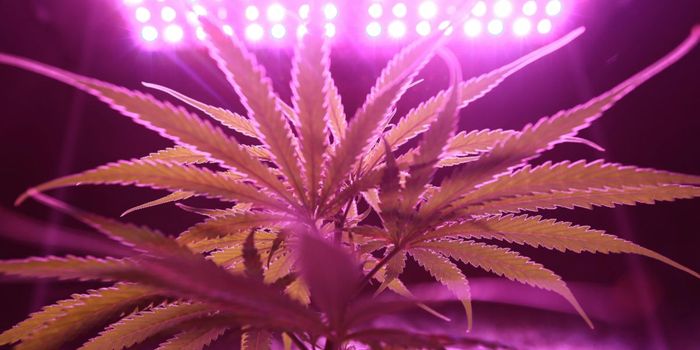Turning Plants Into Power Generators
All plants have passageway networks inside of them where water and nutrients travel from one part of the planet to another, and researchers are discovering that these passageways can be harnessed in new and unique ways to benefit mankind.
Among the things that they can be useful for is generating and storing electricity, as a study in the Proceedings of the National Academy of Sciences points out.
Image Credit: Shutterstock
All plants naturally absorb sunlight and utilize it to produce both oxygen and energy via photosynthesis, but it may be possible to harness these passageway networks to generate electricity for communities by transforming these internal passageway networks into electrical circuits.
To do this, researchers needed to find a way to channel the energy plants produce. Using plants’ xylems and a new chemical development to their advantage, they managed to create passageways inside the plants that can both carry and store electricity.
To do this, a chemical dubbed ETE-S was injected into living plants' xylem networks. The chemical flowed through the networks just like water does, and once it settled in the passageways, it formed an electrical circuit that energy can travel through.
More importantly, the ETE-S chemical permeates the plant much better than earlier chemical prototypes did, which allowed for more complex electrical networks to be made inside the plant’s leaves, stems, and even their flower petals (where applicable).
These networks help guide electrical currents from one part of the plant to another and also proved capable of storing electricity similarly to capacitors in our modern electronics. This means it may be possible to manipulate plants in the future to generate electricity in an environmentally-friendly way.
While such a concept is probably a long way away in the future, the complex electrical networks could also be used for other, smaller experiments in the meantime. For example, perhaps having a better way to read a plant’s electrical signals could help us better understand how their internal electrical signal systems work.
Being that plants lack the nervous systems that animals use to transmit electrical signals, this entire study is brimming with potential for future plant research and it should be very interesting to see what come of all the research.
Source: Phys.org









